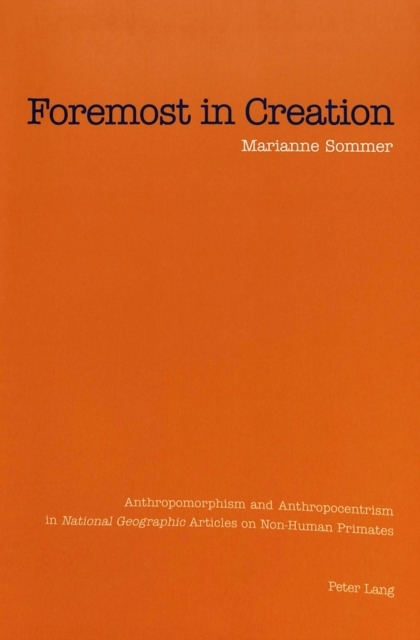By means of a discourse analysis in the tradition of Critical Linguistics this study traces and discusses anthropomorphism and anthropocentrism in the language used to describe our closest relatives, the monkeys and apes. As so-called 'boundary animals', the non-human primates have an impact on the way we regard humanity; they serve as model organisms for scenarios of human evolution. They thus inhabit a political space, where the definition of social structures, cognitive capacities, and human hallmarks such as culture and language is controversial. The
National Geographic articles, which constitute the primary source of the analysis, allow not only a look at the picture of primates that is presented to the public but also an investigation of the changes this picture has undergone in the course of time. Are there different kinds of anthropomorphism and if so what are they aiming at? In becoming more human-like in our eyes, the apes have also become worthier of protection. However, there may be disagreement both on the nature of the ape and on the acceptability of parallels drawn with humans.

